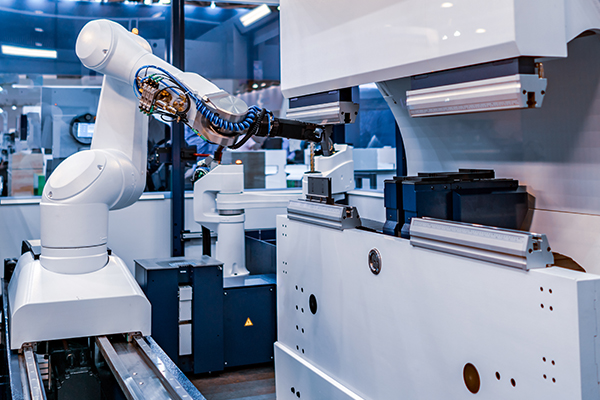In pneumatic system applications, vacuum regulators play a key role in stabilizing negative pressure sources. Its core function is to precisely regulate the input vacuum source, generate and maintain a specific preset vacuum value on demand. The device dynamically senses the changes in the vacuum state on the output side through the built-in sensing and response mechanism, and automatically compensates and adjusts accordingly to offset the vacuum attenuation trend caused by factors such as load fluctuations or leakage, thereby ensuring that the adsorption actuator (such as suction cups) or related process points obtain continuous, reliable and required negative pressure working conditions.
In essence, it provides a settable and controlled vacuum reference point, and its response characteristics and stable accuracy directly affect the reliability and efficiency of vacuum-dependent grasping, lifting, fixing and other actions. Its structure usually includes an adjustment mechanism, a reference setting component and a necessary sealing structure, allowing the user to manually adjust the set point according to actual working conditions. The vacuum regulator is one of the indispensable basic components for building a stable and controllable vacuum adsorption scene.


